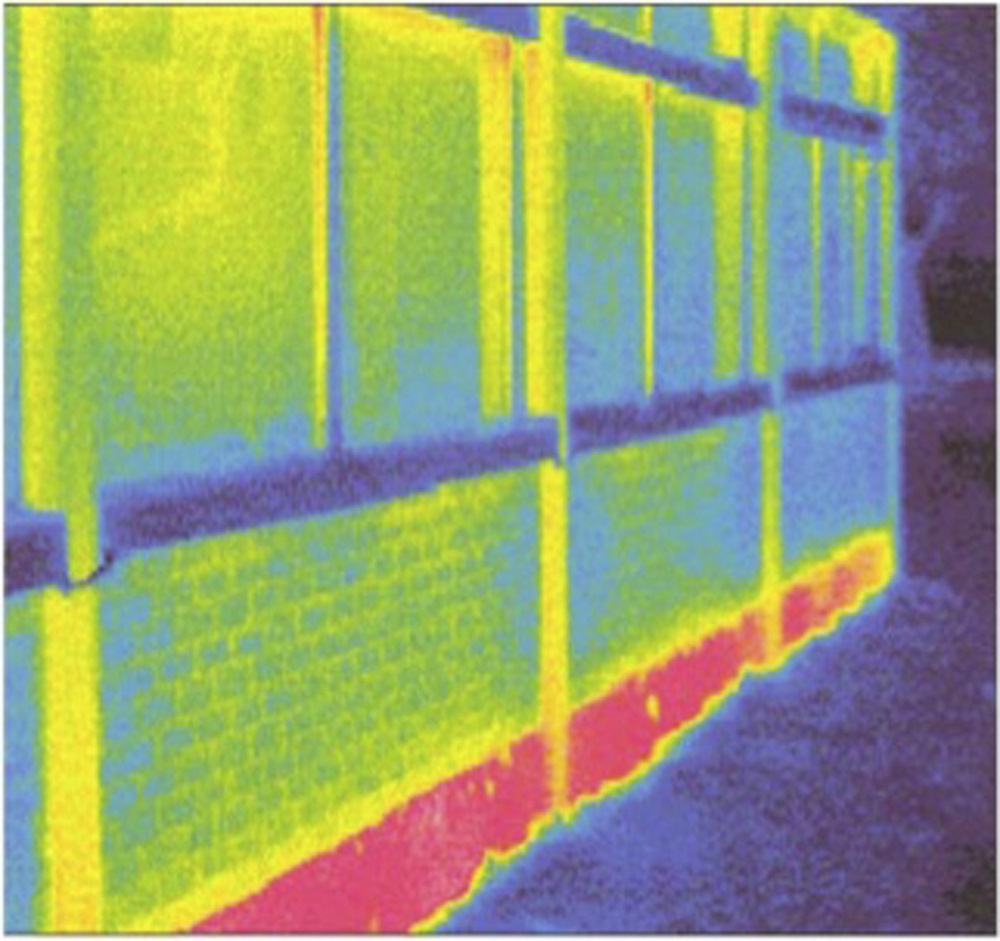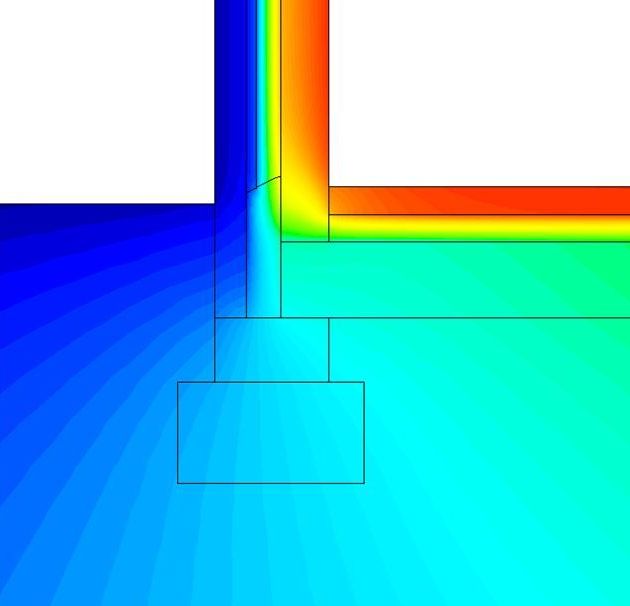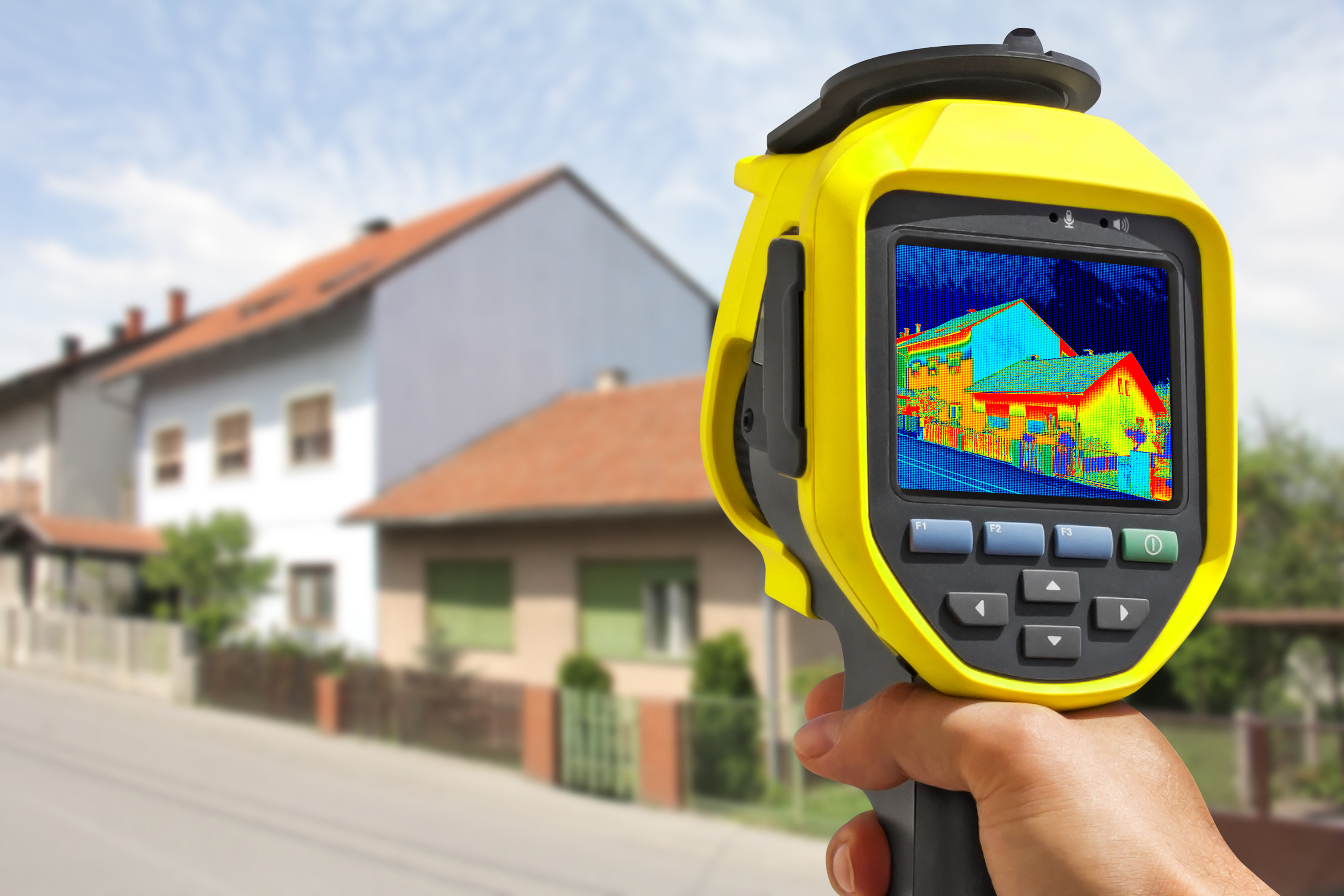What is thermal bridging?

A thermal bridge is any interruption to a building’s insulation layer, or thermal envelope. For thermal insulation to be effective, it must be continuous across the whole building. Anything that prevents continuity of insulation acts as a path for increased heat loss.
What causes thermal bridging?
Thermal bridging occurs at any change of direction in the building fabric, particularly at the junctions between different construction elements.
Examples of common junction details responsible for thermal bridging include: where the ground floor meets an external wall; where the external walls and roof meet; and around openings such as doors and windows. In these cases, the structural stability of the building is inevitably taking precedence over its thermal performance.
Sometimes, structural components like steel beams are incorporated into a building design without due consideration of their impact on the thermal envelope. Perhaps the designer does not consider the practicalities of installing insulation around the beam. The thickness of insulation is reduced locally, with a thermal bridge being the result.
Is thermal bridging the same as cold bridging?
Yes. The two terms mean the same thing. Because there is a greater movement of heat energy through a thermal bridge, the internal surface temperature at and around the bridged area is colder.
Thermal bridging is best seen through a thermographic survey of a building. Well-insulated parts of the building show up as cooler colours, because the rate of heat loss is minimised and is not warming the external surface of the building.
Thermal bridges appear as warmer colours for the exact opposite reason - the loss of heat energy and/or warm air from the building is detected by the thermal camera, showing as a higher temperature than the surrounding construction.
about perinsul hl
FOAMGLAS® have developed PERINSUL HL, a cellular glass insulation product that has the compressive strength required to bear structural loads, and performs for the life of the building without shrinking or degrading.
Used in structural junction details, PERINSUL HL maintains continuity of the insulation envelope without compromising structural stability. It can help to virtually eliminate linear thermal bridges at the base of external walls, in parapet details, and below door and window sills.
For more information on PERINSUL HL and how it can benefit your next project, don’t hesitate to contact our team.






